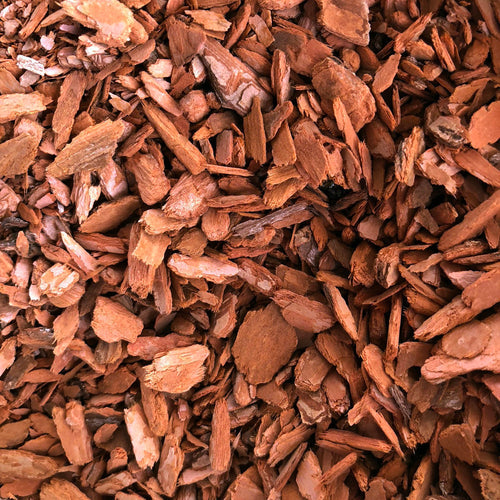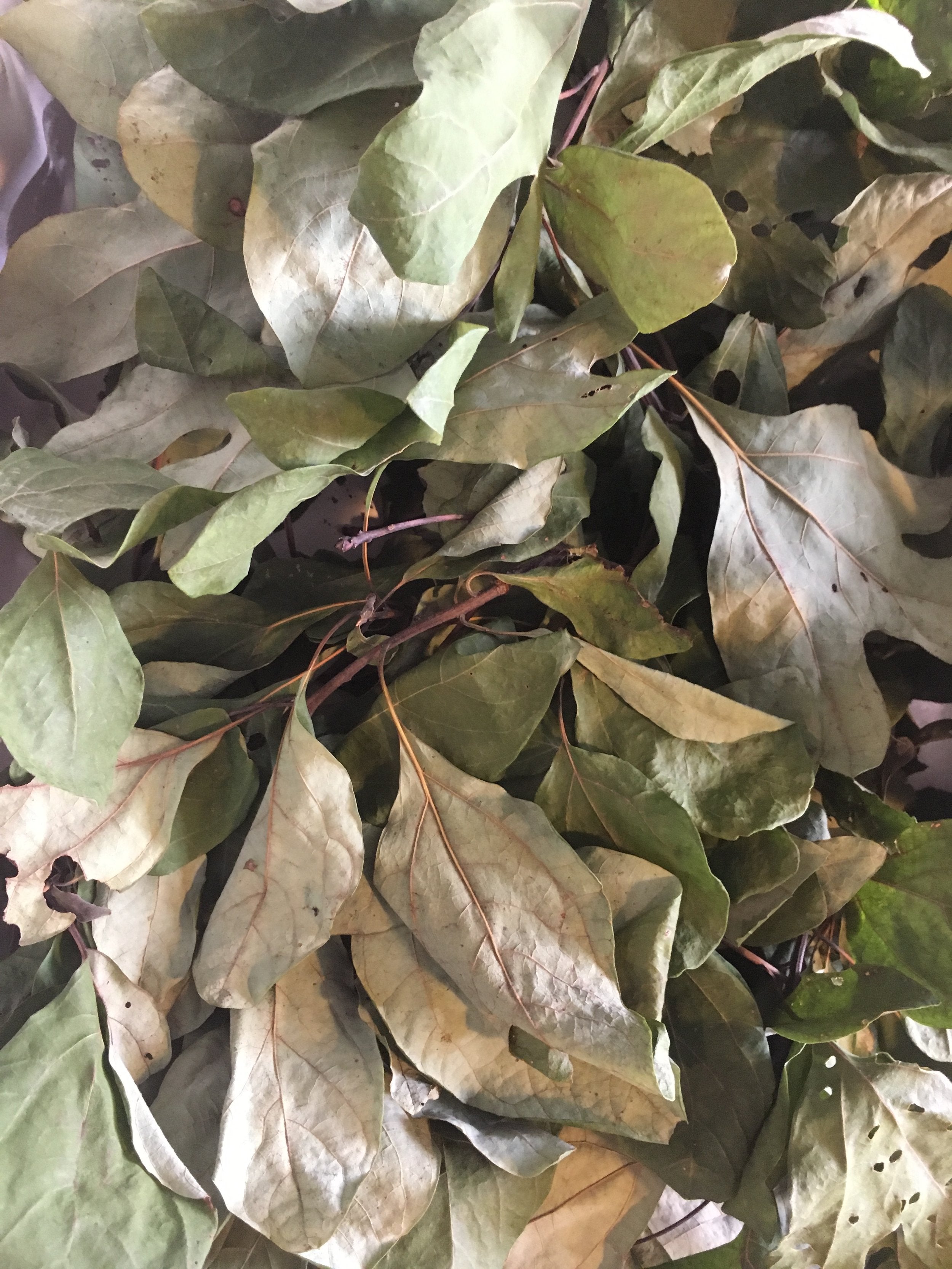Sassafras is here to spice things up this Valentine's Day!

Sassafras officinale or sassafras albidum, also sometimes referred to as the ague tree is a North American native tree and member of the Lauracea or Laurel family. [1] North American colonists were introduced to the sassafras tree by the natives in Florida. The tree is characterized by having three different leaf shapes, ovate, tri-lobed and mitten-like, and deeply grooved bark that is reddish in color when scraped. [2] Trees are often easily identified by reddish bark that has been scraped off my wildlife.
Uses
-
FIBER- yellow dye from wood and bark [3]
-
CULINARY
-
gumbo filet - louisiana - thickener made from leaves. Grind dried leaves to a powder and serve with stews or soups.
-
Saloop - sassafrsas tea
-
-
FOLK MEDICINE
-
Was used in Europe for treating fevers and venereal diseases
-
Precautions & Regulatory Notes
-
Safrole oil
-
James Duke “However, the safrole oil in a 12-ounce can of old fashioned root beer is not as carcinogenic as the alcohol (ethanol) in a can of beer.”
Harvesting & Processing Methods




Sources
-
Bruton-Seal et al., The herbalist's bible: John Parkinson's lost classic -- 82 herbs and their medicinal uses: Theatrum Botanicum (1640) 2019
-
Rose, Jeanne. Herbs & Things : Jeanne Rose’s Herbal. New York, Gd/Perigee, 1983.
-
M Grieve. A Modern Herbal ... London, Tiger Books International, 1994.
-
Perry Daniel Strausbaugh, and Earl Lemley Core. Flora of West Virginia. Morgantown, 1964.
